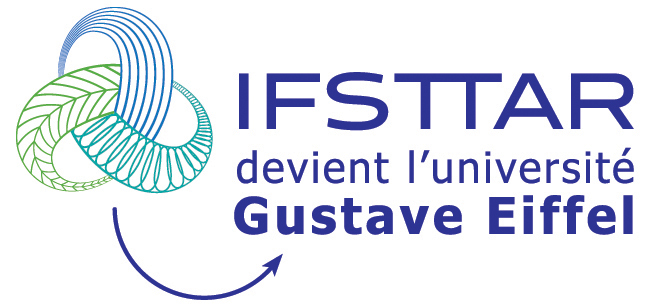On stress-gradient materials: formulation and homogenization
Résumé
The stress-gradient model was introduced by Forest and Sab
(Mech. Res. Comm. 40, pp. 16–25, 2012) as an alternative to the more popular
strain-gradient models. Its formulation was later justified mathematically by
Sab, Legoll and Forest (J. Elasticity 123(2), pp. 179–201, 2016). More
recently, it has been extended by Forest and Sab to finite deformations
(doi:10.1177/1081286517720844). It can therefore be considered as a mature
material model that can now be applied to e.g. homogenization issues. The
present talk will be divided in two parts.
In the first part, I will briefly recall the formulation of the stress-gradient
model. While mathematically sound, this model raises some questions pertaining
to the physical interpretation of the quantities that are energy-conjugate to
the stress and its gradient. I will discuss these questions. I will also
introduce a simplified isotropic, linearly elastic material model with only one
internal material length.
In the second part, I will address homogenization of heterogeneous,
stress-gradient materials. More specifically, I will discuss the
stress-gradient → classical (Cauchy) homogenization process, which requires the
material internal length to be commensurable with the size of the
heterogeneities. I will first lay out the general framework (including an
extended Hill–Mandel lemma). I will then briefly show the solution to Eshelby's
spherical inhomogeneity problem, that is then used to derive Mori–Tanaka
estimates of the effective properties stress-gradient composites with spherical
inclusions.
As expected, size-effects are observed in this application. However, where
strain-gradient materials exhibit stiffening size-effects, stress-gradient
materials exhibit softening size-effects. This result is general; it shows that
the stress-gradient and strain-gradient models are not in duality. Rather, they
should be considered as complementary.
The results presented in this talk are drawn from a paper submitted to the
International Journal of Solids and Structures (Tran, Brisard, Guilleminot and
Sab, Mori–Tanaka estimates of the effective properties of stress-gradient
composites).
Fichier principal
 20180404-BRISARD_Sebastien-Encounter_of_the_third_kind.pdf (2.37 Mo)
Télécharger le fichier
20180404-BRISARD_Sebastien-Encounter_of_the_third_kind.pdf (2.37 Mo)
Télécharger le fichier
Origine : Fichiers produits par l'(les) auteur(s)


